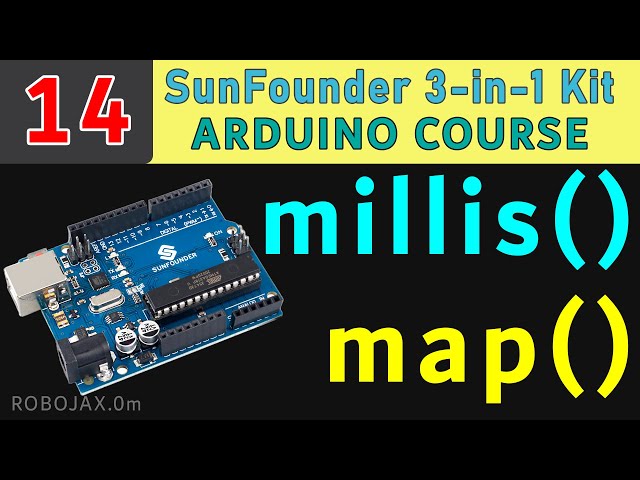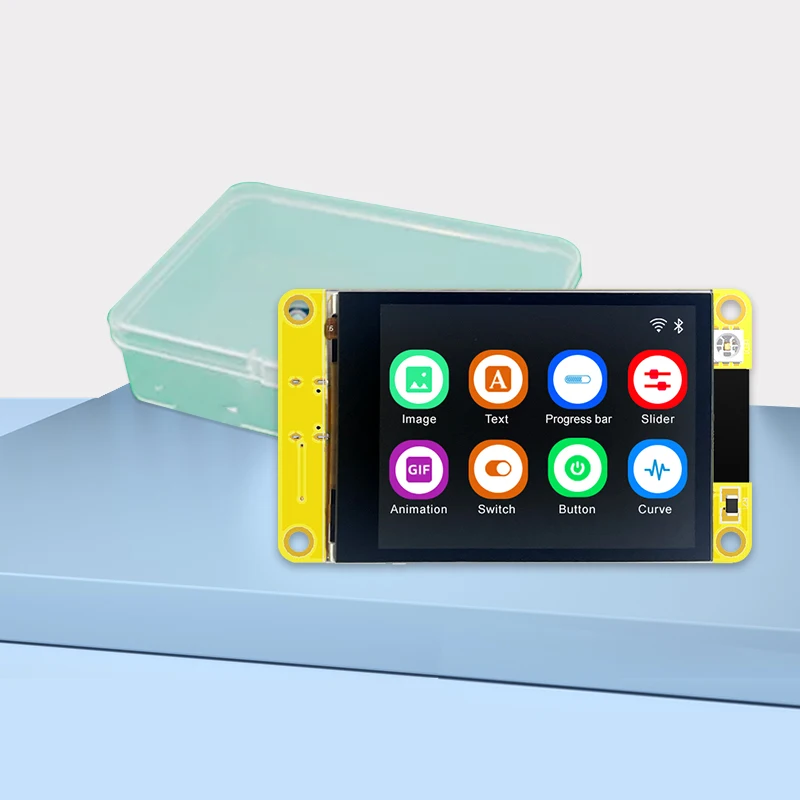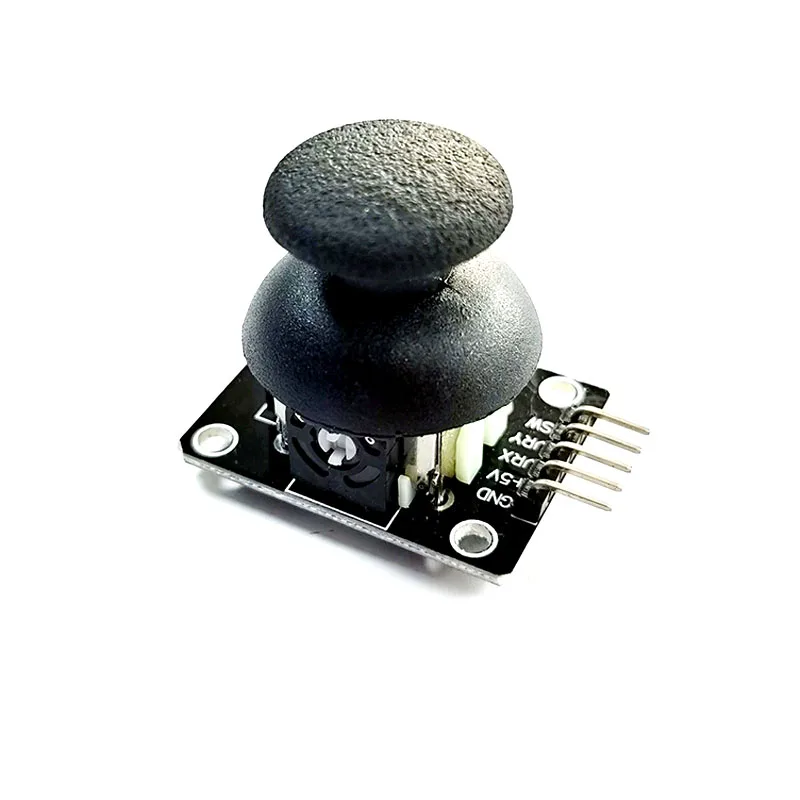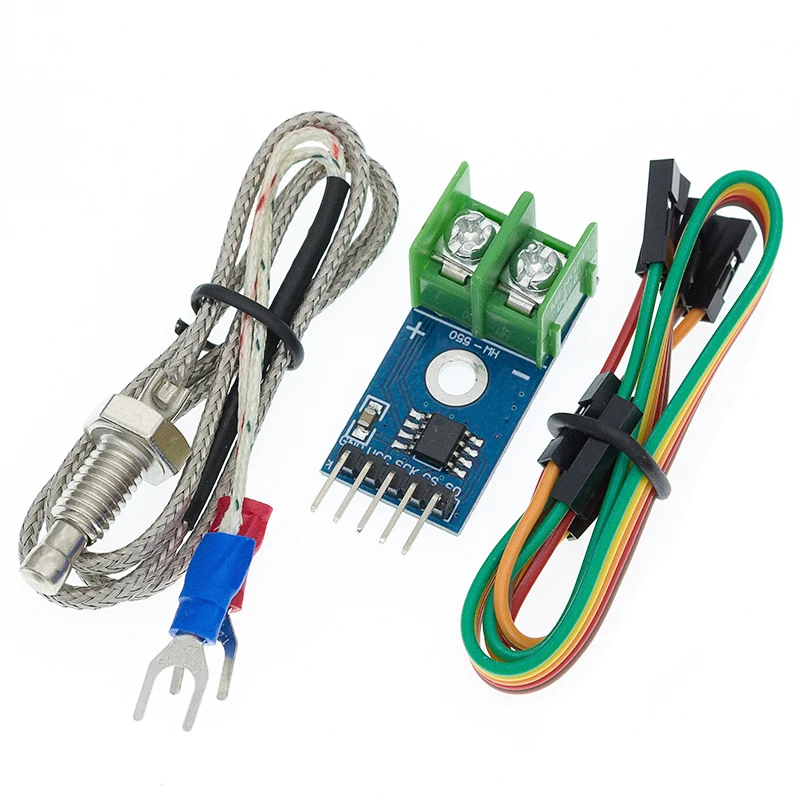
Lesson 14/31: Arduino Millis (no delay) and map functions | SunFounder Robojax
Introduction
This lesson teaches two essential Arduino functions: millis() and map(). By the end of this tutorial, you will understand:
-
How to use
millis()to manage timing without stopping program execution. -
How to use
map()to scale and control values, such as LED brightness or motor speed, based on percentages.
Part 1: Understanding millis()
The millis() function returns the number of milliseconds since the Arduino started running. It's crucial for creating non-blocking code where multiple tasks run simultaneously.
Why Use millis() Instead of delay()?
-
The
delay()function pauses the entire program, preventing other code from running. -
millis()lets you perform actions at specific intervals while the rest of your code continues executing.










Comments will be displayed here.